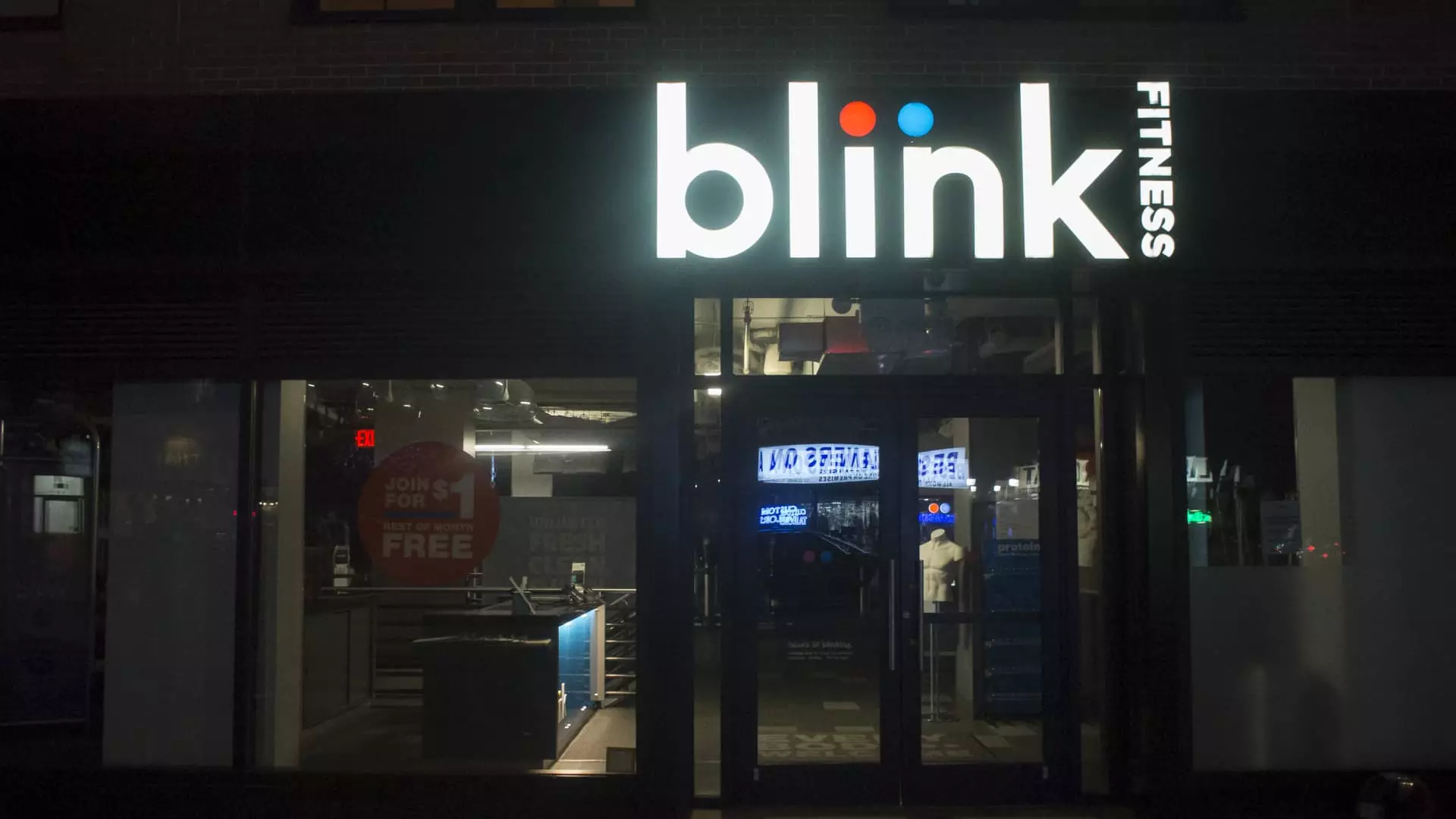Blink Fitness, a gym chain owned by Equinox Group, has recently filed for Chapter 11 bankruptcy protection. This move comes as a result of financial struggles faced by the fitness brand, which has over 100 centers across the U.S. The company has listed its assets at $100 million and liabilities at $500 million, indicating a significant gap that needs to be addressed. This bankruptcy filing puts Blink Fitness in the company of other fitness chains such as New York Sports Club, 24 Hour Fitness, and Gold’s Gym, who have also faced financial difficulties post-pandemic.
Despite the bankruptcy filing, Blink Fitness plans to continue operating its fitness centers during the sale process. This decision is aimed at optimizing the company’s footprint and ultimately effectuating a sale of the business. Guy Harkless, CEO and president of Blink Fitness, emphasized the company’s commitment to strengthening its financial foundation and ensuring long-term success. The move to use a court-supervised process reflects the management team’s determination to navigate through the challenging financial situation.
Equinox Group, the luxury fitness company that owns Blink Fitness, has been implementing various strategies to improve its financial position. Earlier this year, Equinox completed a $1.8 billion funding round to refinance its debt and boost its financial stability. The company reported a 27% revenue increase in 2023 and witnessed membership levels returning close to pre-pandemic levels. Equinox’s plan to open more than two dozen new locations globally highlights its ambitious growth strategy despite the challenging economic environment.
Blink Fitness competes with other budget gym chains such as Planet Fitness, which raised its base membership price to $15 per month in June. Unlike Blink Fitness, Planet Fitness reported a strong membership growth of 7% year over year, reaching a total of 19.7 million members. The contrasting performances of Blink Fitness and Planet Fitness underscore the competitive nature of the fitness industry, where pricing strategies and membership growth play a crucial role in long-term sustainability.
A CNBC/Generation Lab Youth and Money Poll revealed interesting insights into consumer spending habits related to exercise and fitness. The poll, which surveyed individuals aged 18 to 34 in the U.S., found that approximately one-third of respondents spend between $1 and $50 per month on exercise and fitness, while 47% reported spending nothing at all. This indicates a significant variation in consumer behavior when it comes to fitness-related expenses, highlighting the need for fitness companies to cater to diverse consumer preferences.
Overall, the filing for Chapter 11 bankruptcy protection by Blink Fitness underscores the challenges faced by the fitness industry in the aftermath of the pandemic. As companies strive to navigate through financial difficulties and adapt to changing consumer trends, strategic decisions and robust financial management will play a crucial role in determining their long-term success and sustainability.


Leave a Reply